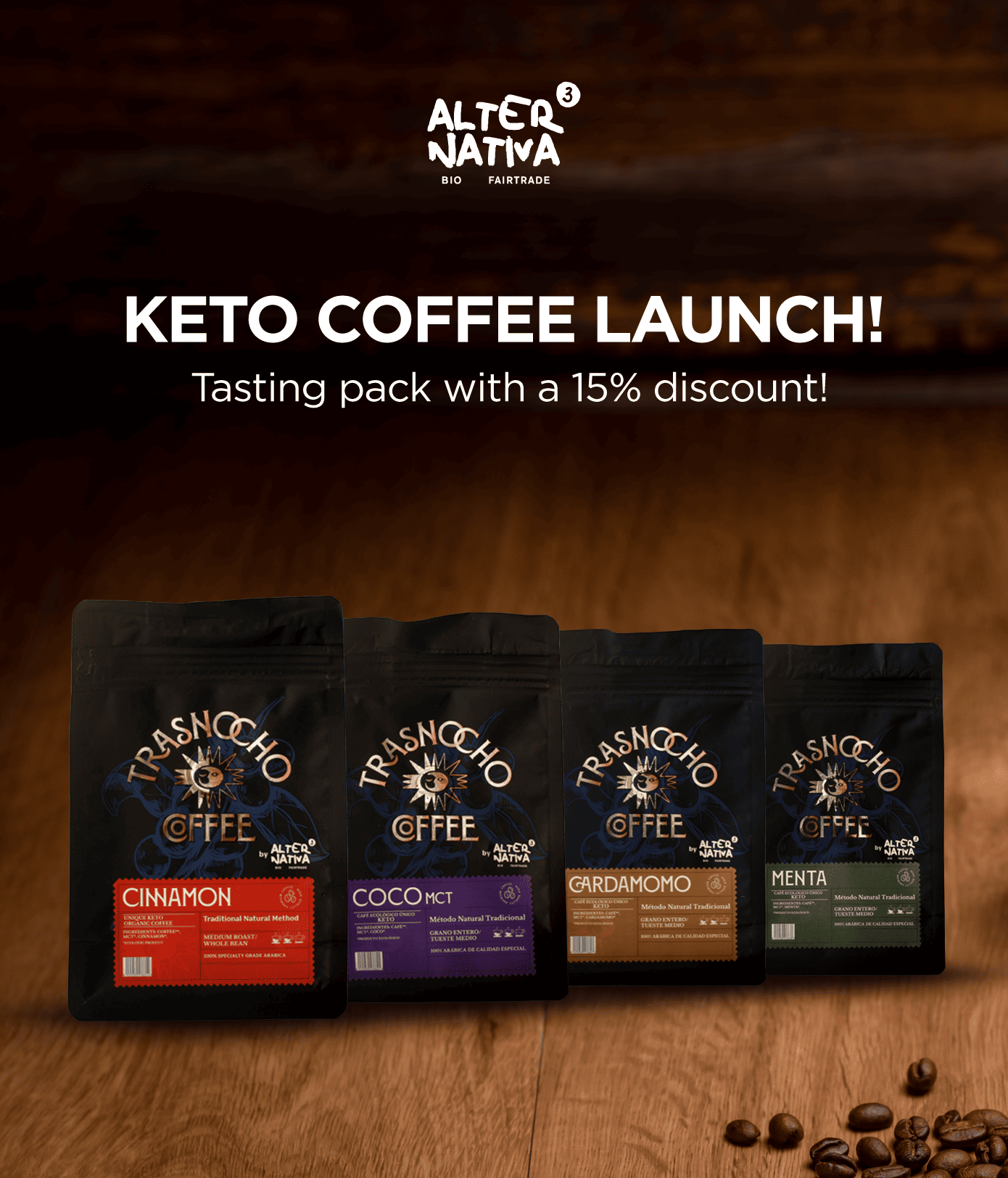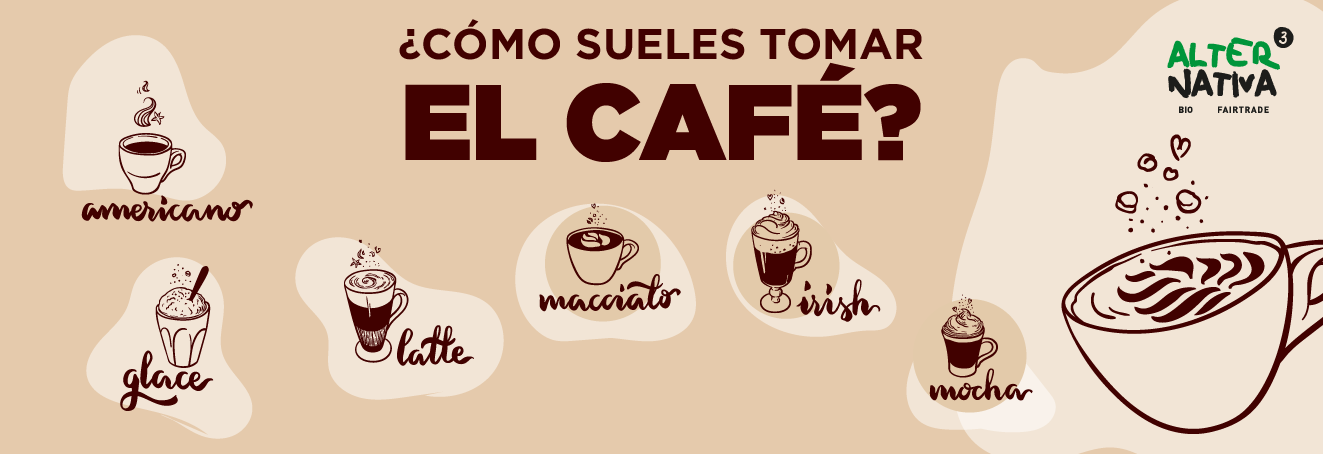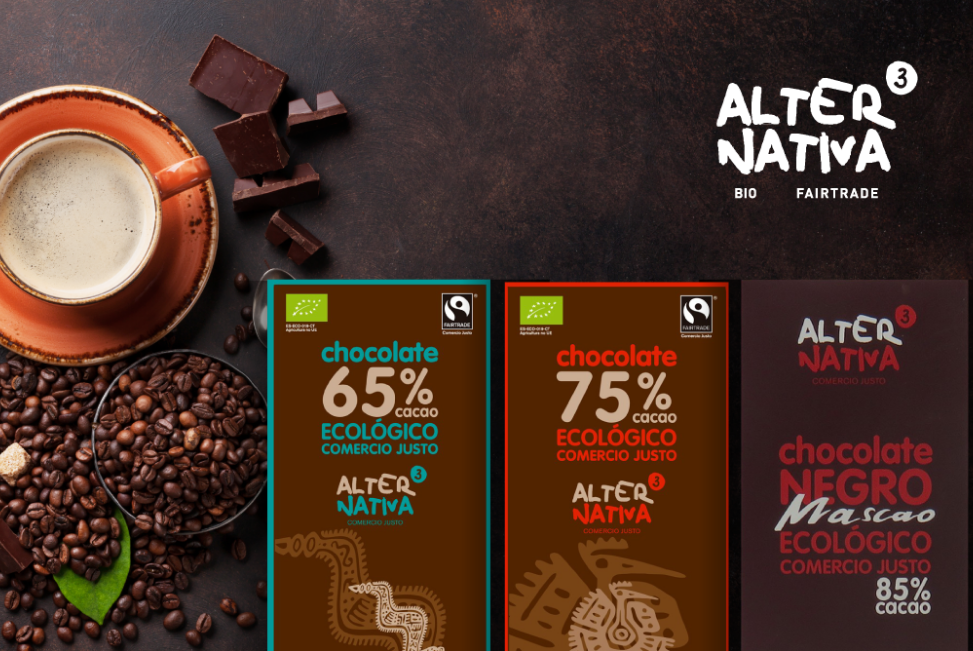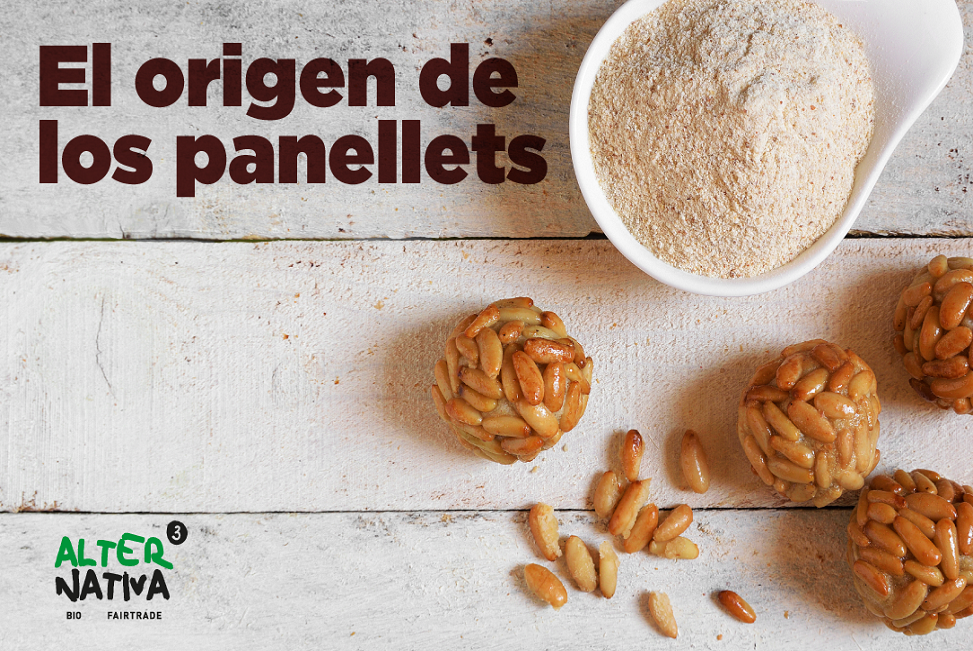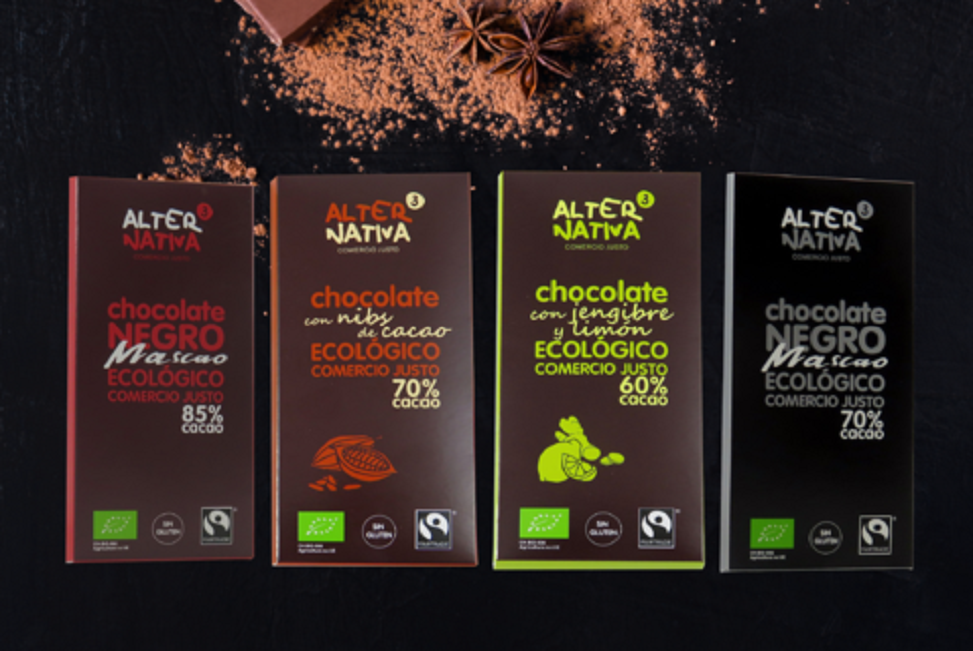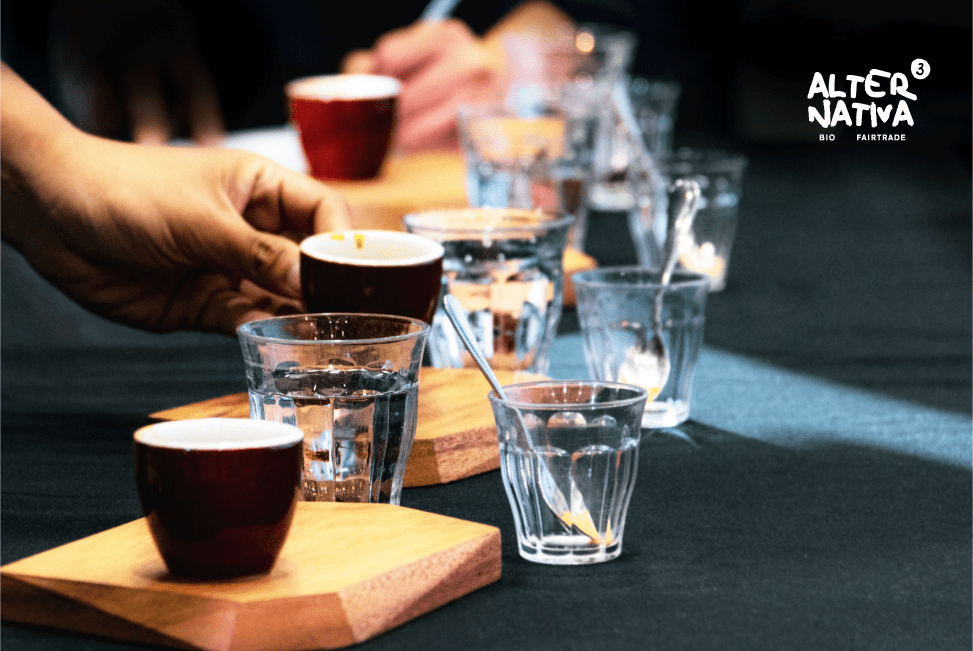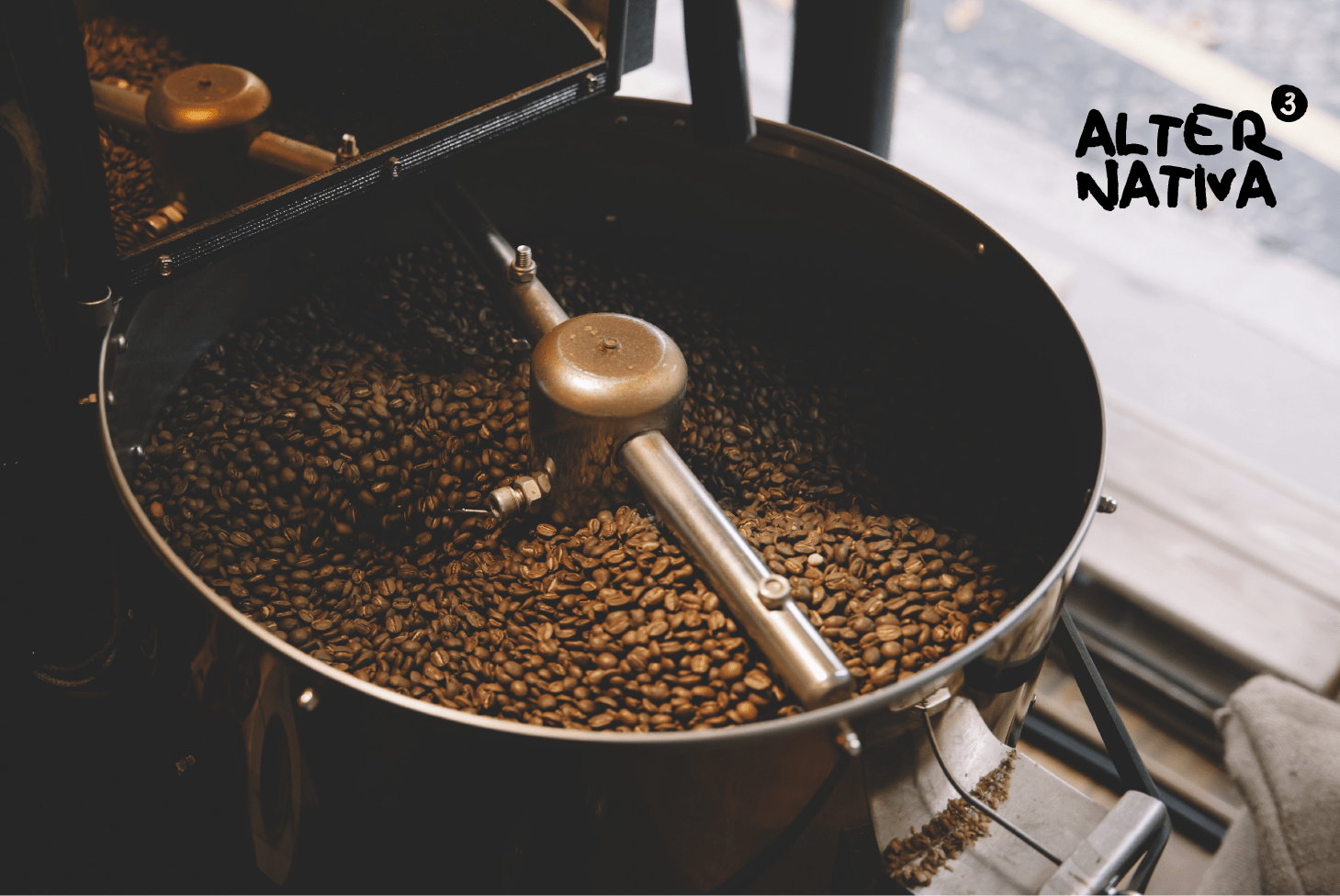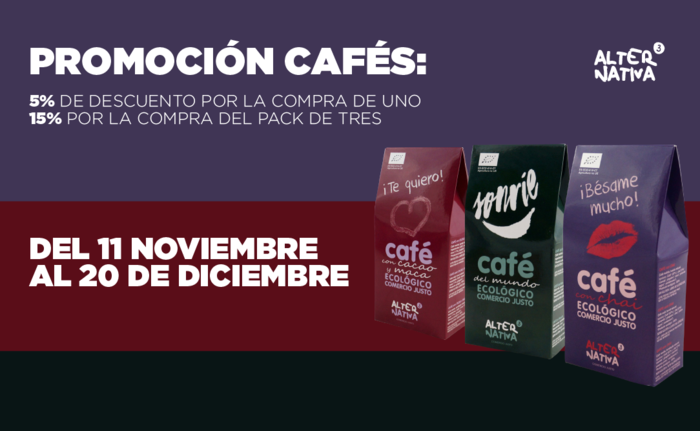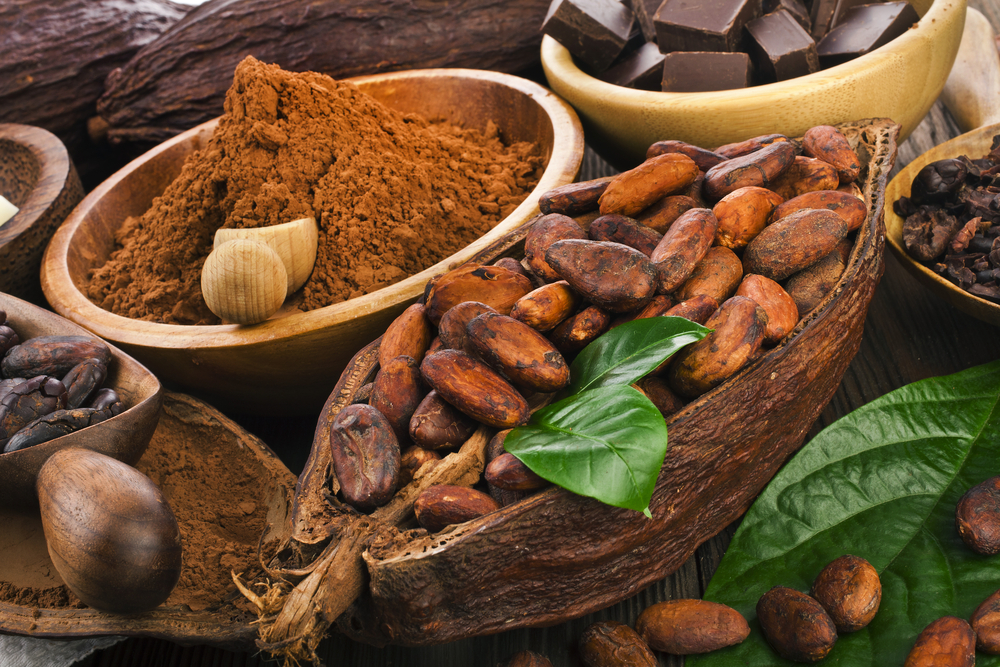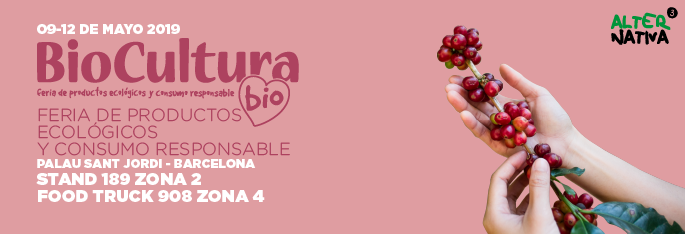How many ways do you know of preparing coffee? For many, morning coffee is a must to start the day with energy, but... do we really appreciate this moment? Today we want to dedicate this article to some of the many ways we have to prepare our coffee. Even if we have only focused on the most basic ones, the truth is that there are quite a few!
But let's start with the type of coffee you buy. If you prefer coffee beansWe recommend that you do not grind it until you are going to prepare it. This way you will retain all the flavour and aroma. If you don't have that much time in your day-to-day life, of course, you can always opt for ground coffee or even capsules. At AlterNativa3, we always strive to offer you the highest quality in any of our products.
But let's move on to the modes of preparation!
Which of these ways of preparing coffee is your favourite?
We are going to see only the main ones, although there are many more that we encourage you to try: with cinnamon, with caramel... there is no limit to the possibilities of coffee!
● Espresso coffee: It needs no introduction. It is the typical black coffee prepared with an espresso machine and served in a small cup with a light layer of foam due to the pressure. Perfect if you want to appreciate the aroma of the coffee or after a meal.
● American coffee: Filter coffee? False! American coffee is actually an espresso to which hot water is added to make it smoother. It originated in the Second World War: American soldiers wanted a bigger coffee than the classic Italian espresso and the problem was solved... by adding water. Curious, don't you think?
● Cut: Another classic that is a must for every after-dinner drink. This is an espresso to which a little hot milk is added.
● Stained milkAnd the other way around! If you fancy a coffee, but nothing too strong, this is a very good option. It involves adding a small amount of coffee to a cup of milk, always putting the coffee on afterwards.
● Coffee with milk: Its name says it all, who hasn't had it for breakfast?
● Cappuccino: Cappuccino is not characterised by chocolate! You can add it if you want, of course, but we talk about cappuccino when we have a third of the cup of espresso, a third of milk and a third of foam.
● Mocha coffee: Here, yes, we have a cup divided into three equal parts of coffee, milk and chocolate. If you want, you can also put some chocolate or cinnamon on top.
● Coffee bonbon: It has become a favourite of many. It consists of adding a little condensed milk to an espresso. The truth is that it will delight the sweet tooth.
We also have the Viennese coffee, the Irish coffee, the frappéTurkish coffee and many more! Today we have focused on the basics, but we will continue to expand in future articles. How do you usually prepare your coffee? Tell us about it!
